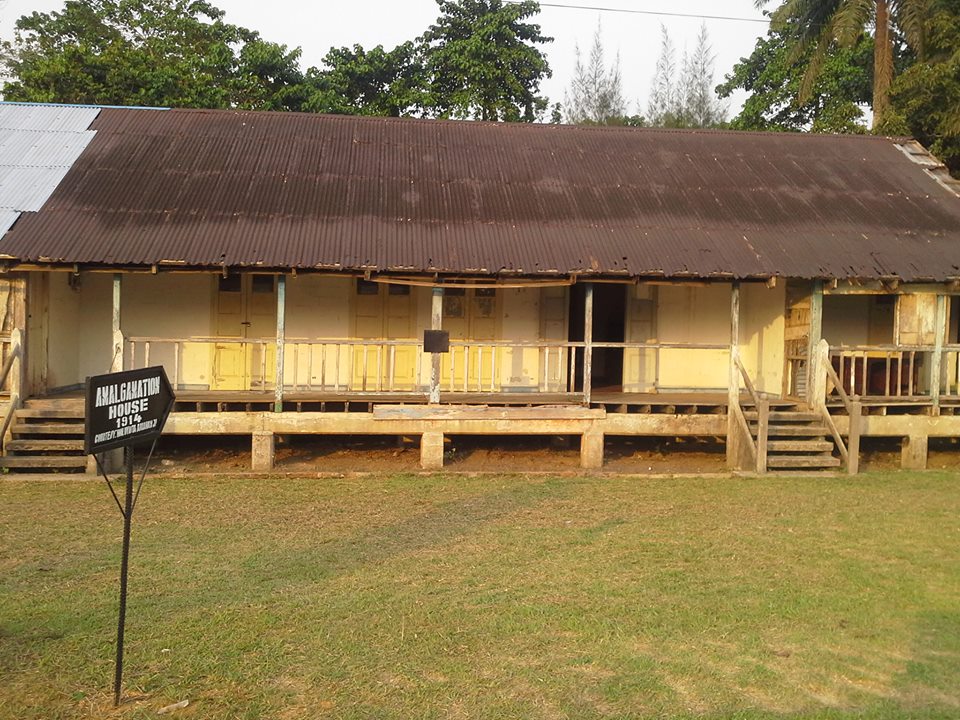By Bassey Asuquo
Lord Frederick Lugard, the governor of both the Northern Nigeria Protectorate and the Colony and Protectorate of Southern Nigeria, signed a document consolidating the two. He created the Colony and Protectorate of Nigeria on January 1, 1914. Forty-six years later in 1960, Nigeria became an independent state.
The amalgamation House was an administrative fiat of Nigeria by the British colonialist overlord for economic and administrative convenience.
Research shows that the Northern protectorate predominantly Muslims and animists and the Southern protectorate largely Christians were aggressively making something western in character.
The unification was done for economic rather than political reason—Northern Nigeria Protectorate had a budget deficit; and the colonial administration sought to use the budget surpluses in the Southern Nigeria to offshoot this deficit.
The question now is: Where in Nigeria did the amalgamation take place and the amalgamation treaty signed? Here, Ikot Abasi which houses most of the tourism sites and relics.
Though there are insinuations and arguments as regards where the amalgamation took place, research shows that Ikot Abasi in Akwa Ibom was where the amalgamation of the Northern and Southern regions took place.
A teacher of history, Mr. Philip Ukpong confirmed this, “Any student of History should be able to know what amalgamation of the northern and southern Nigeria is; who made it possible, how and why it happened?
In the course of research, I stumbled on a write up by one Nigerian who tried to link the amalgamation with Niger State. For me, I don’t think I have heard anything about Niger State as regards the amalgamation, neither have I read about any Amalgamation House elsewhere except the one in Ikot Abasi, here in our state.”
The amalgamation house was the seat of government during the colonial era, located in Ikot Abasi Local Government Area, in Akwa Ibom State as an old brick-walled house situated in an open compound surrounded by trees and bushes.
This structure, though in a deplorable condition, is a historical site which signifies the birth of Nigeria. It is the building in which Lord Lugard signed the law that brought about the amalgamation of the Northern and Southern Protectorates of Nigeria in 1914, thus creating a single entity known as the present-day Nigeria.
Again, Mr. Ukpong had this to say, ”It is also the building in which General Olusegun Obasanjo (the former Head of State/commanding officer of the Nigerian Army) and the late General Phillip Effiong of the Biafran Army signed the declaration of cease-fire that ended the Nigerian civil war on January 15, 1970.’’
The Amalgamation building is made up of wooden floors and has a wide corridor supported by wooden pillars and big windows to cross-ventilate the offices. The whole structure is built with wood with corrugated iron sheets for the roof.
A tourist to the site will notice that the original roofing sheets are still there but have turned dark brown, even as the interior is filled with historical materials that was used by Lugard
A tourist, Effiom Eyo Effiom from Cross River State who had visited the relic of the amalgamation (the building), explained that, “Inside the building, you will see historical materials such as a transistor radio, speaker, antique telephone and typewriter used by Lord Lugard.
”I learnt the building was the seat of government during the colonial era. It is an old-style building, ancient style for that which hosted the amalgamation of Nigeria – that is, the coming together of Northern and Southern Nigeria in 1914 as one entity.
But what is disturbing me is that the building is in a very poor state, stands abandoned 104 years after that historic moment. I think your government should do something about it. This is a very prominent historic structure that must not be allowed to fail. If it were present day building where we mix sand more than cement to mould blocks for building, it would have fallen down since.
”In fact, Akwa Ibom is blessed to have this type of historic structure. How I wish it was in Cross River State where I come from.”
The Amalgamation House hosted that historic marriage on January 1. 1914 between the Northern and Southern Nigeria, a union that produced the Giant of Africa called Nigeria.

